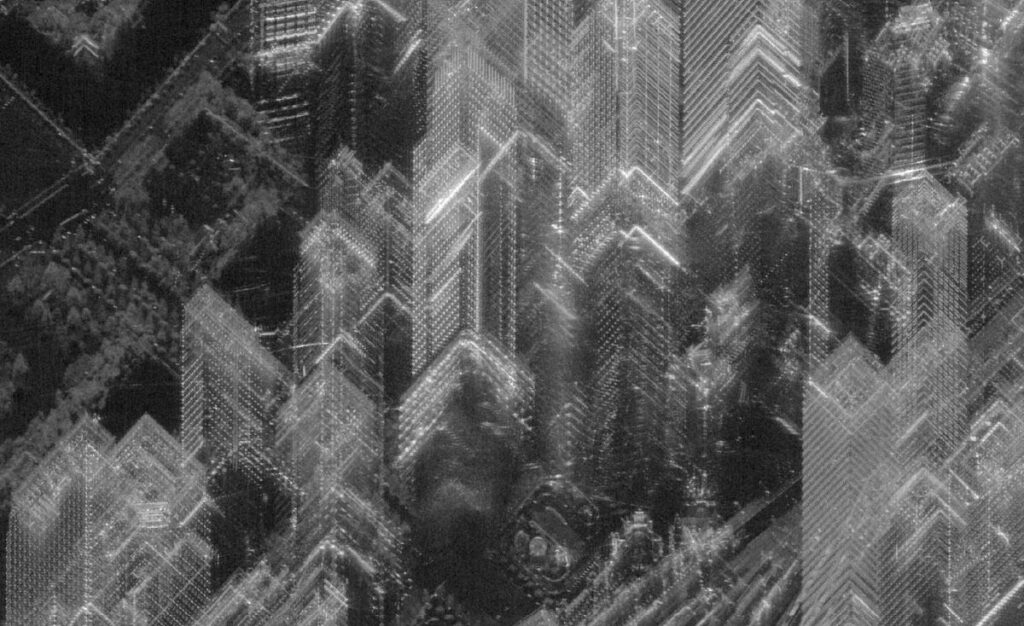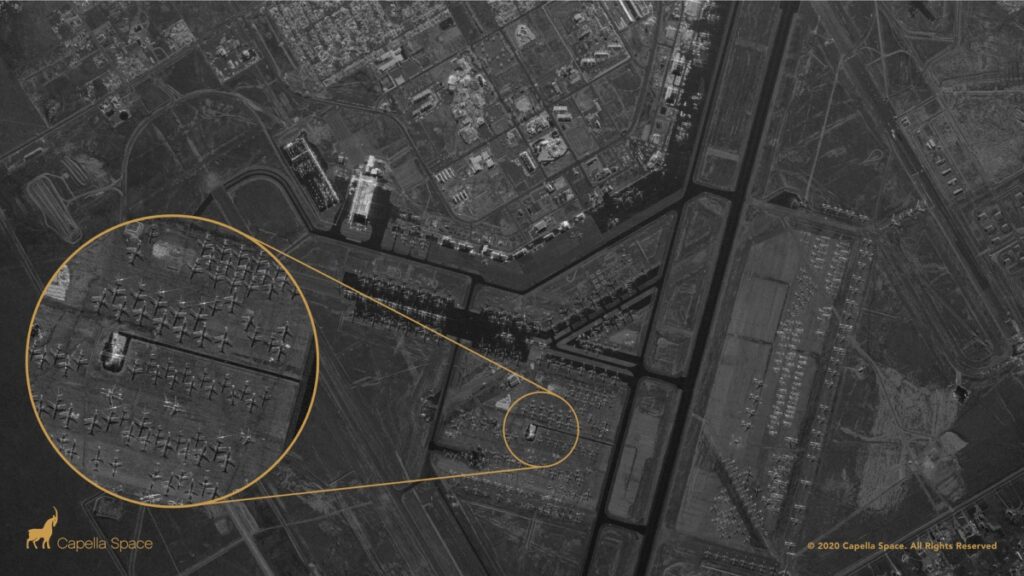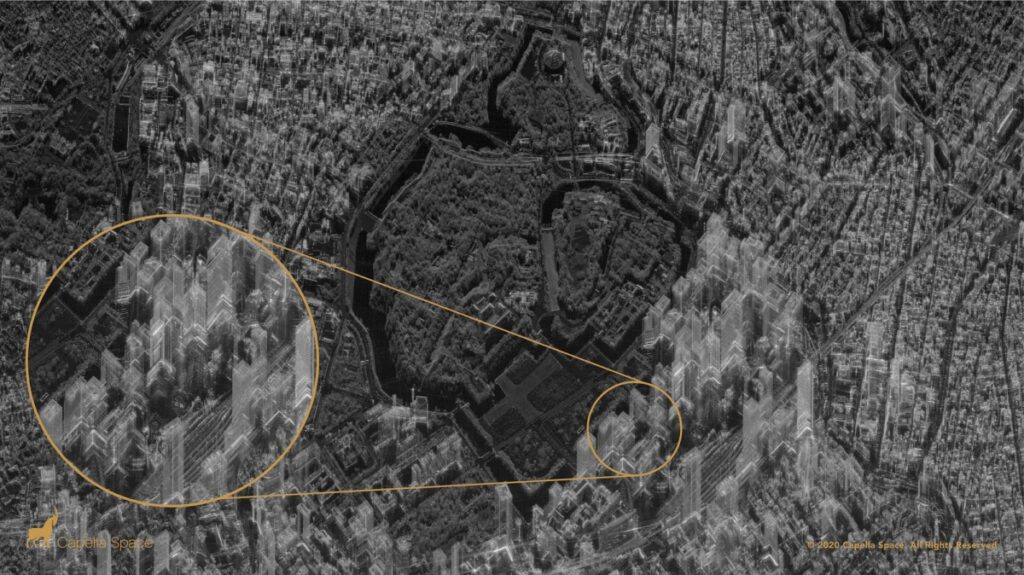In August 2020, a company called Capella Space launched a satellite capable of taking clear radar images of anywhere in the world, with incredible resolution — even through the walls of some buildings. And unlike most of the huge array of surveillance and observational satellites orbiting the Earth, its satellite Capella 2 can now snap a clear picture during night or day, rain or shine.

Capella Space recently released radar satellite images with a resolution of 50 centimeters by 50 centimeters, which the San Francisco startup says is the highest resolution available from a commercial Synthetic Aperture Radar satellite operator.
They clarified saying, “It turns out that half of the world is in nighttime, and half of the world, on average, is cloudy. When you combine those two together, about 75 percent of Earth, at any given time, is going to be cloudy, nighttime, or it’s going to be both. It’s invisible to you, and that portion is moving around.”
Therefore, Capella launched a platform allowing governmental or private customers to request images of anything in the world — a capability that will only get more powerful with the deployment of six additional satellites next year. Is that creepy from a privacy point of view? Sure. But according the the company, it will help to plug numerous holes in the ways scientists and government agencies are currently able to monitor the planet.
SAR, the imagery technology that Capella using in its system, works similarly to how dolphins and bats navigate using echolocation. The satellite beams down a powerful 9.65 GHz radio signal toward its target ― at this frequency, the clouds are pretty much transparent ― and then collects and interprets the signal as it bounces back up into orbit. And because the satellite is sending down its own signal rather than passively capturing light, sometimes those signals can even penetrate right through a building’s wall, peering at the interior like Superman’s X-ray vision.

Capella didn’t invent SAR, but it’s the first U.S. company to offer the technology, and the first worldwide to offer a more accessible platform for potential customers to use.
Right now, the most incredible innovation in Capella is the resolution at which it’s satellites can collect imagery. Each pixel in one of the satellite’s images represents a 50 centimeters by 50 centimeters square, while other SAR satellites on the market can only get down to around five meters. When it comes to actually discerning what you’re looking at from space, that makes a huge difference.

Cityscapes are particularly intriguing. Skyscrapers poke out of the Earth like ghostly, angular mushrooms — and, if you look carefully, you notice that you can see straight through some of them. You won’t be able to on the below image because it’s too compressed, but according to the company, the original image was so detailed you could check out individual rooms. Creepy!




